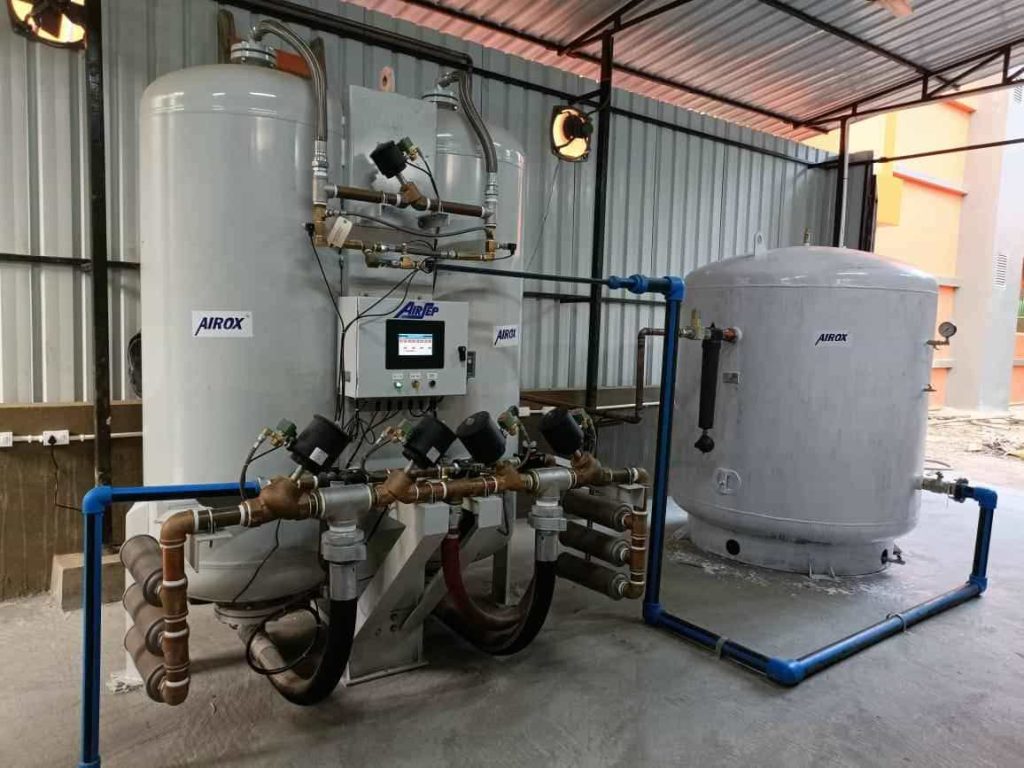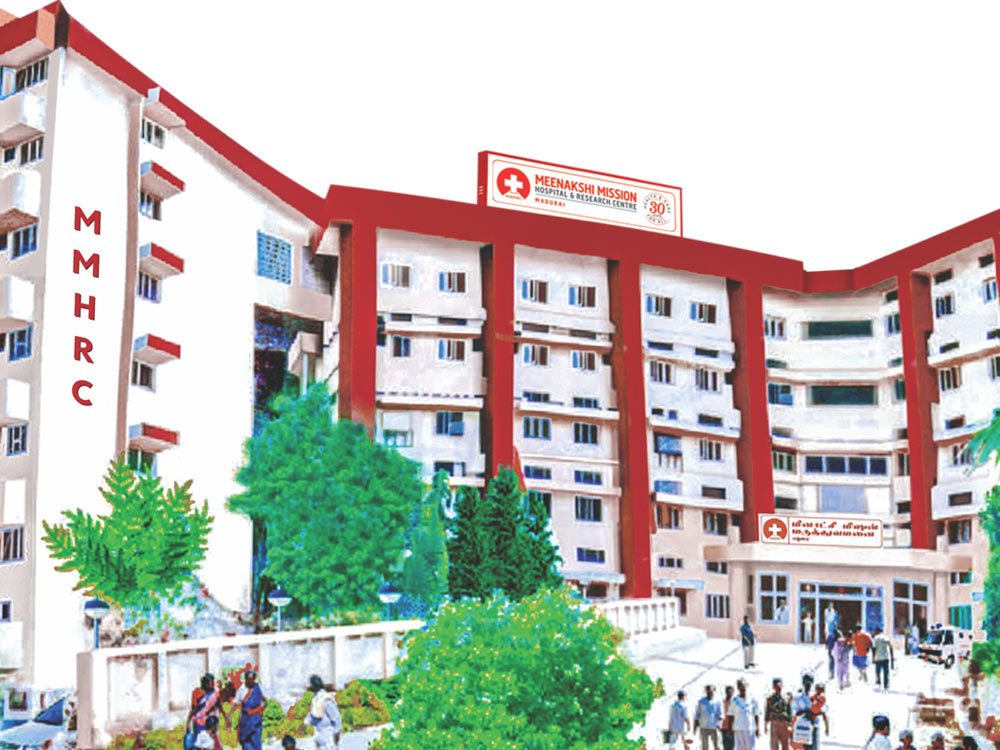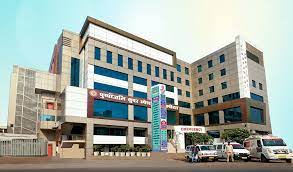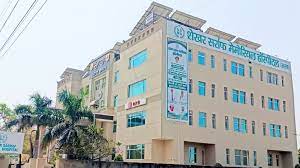
Comparison of PSA Oxygen Plant and Liquid Medical Oxygen Plant
PARTICULARS | AIROX MEDICAL OXYGEN GENERATOR | LIQUID PLANT | KEY TAKE AWAYS / BENEFITS |
SPACE REQUIREMENT | The Airox System is designed to be space-efficient and can be installed in compact areas, such as Terraces, dead spaces, and the backsides of hospitals. This flexibility allows for easy integration into existing hospital infrastructure. | The liquid plant requires a substantial space of 9m x 16m (1,550 sq. ft.). Considering the high market value of real estate, this translates to a significant cost. Assuming a conservative rate of ₹10,000 per sq. ft., the total cost would be approximately ₹1.55 crore. | The cost for Liquid Medical Oxygen for the space only, at a minimum of ₹1.55 crore, is a huge and significant expense for Installing Liquid Medical Oxygen. |
SUPPLY CHAIN ISSUE | Being a onsite oxygen generation hence no supply chain issue occurs and ensure a reliable and consistent oxygen supply. | The COVID-19 pandemic highlighted the devastating consequences of a lack of liquid oxygen. Moreover, unforeseen events like strikes, floods, or natural disasters can disrupt oxygen supplies. In this situation, oxygen supply is not guaranteed. On-site oxygen generation can mitigate these risks and ensure a reliable oxygen supply. | The COVID-19 pandemic highlighted the devastating consequences of a lack of liquid oxygen. |
COST SAVING WITH AIROX OXYGEN GENRATOR PLANT | By generating oxygen with Airox Oxygen Genrator Plant, the cost per cubic meter (M3) can be reduced by 50-60% compared to Liquid Medical Oxygen Supplies. | The cost difference between Airox PSA Oxygen Plan and Liquid Medical Oxygen (LMO) and LMO costs can be 50-60% higher than Airox PSA Oxygen Plants costs. Example: 120-bed hospital consumes around 400 M3 of oxygen per day. With LMO costing Rs. 22/M3 (including GST) and OGP costing Rs. 9/M3 (including GST), the daily savings would be Rs. 13/M3. Over a year, significant savings of Rs. 19 lakh (Rs. 13 x 400 M3/day x 365 days). Extending this to 20 years, with inflation factored in, the net savings would exceed Rs. 3 crore in such hospitals, and the bigger hospital savings would be higher. | Airox Medical Oxygen Generators significant cost savings on customer oxygen expenses, providing a reliable and economical solution for healthcare facilities. |
INSTALLATION COST | Invest one time in Airox Medical Oxygen Generators and enjoy significant cost savings on oxygen expenses for years to come. | The total investment cost for a Liquid Medical Oxygen (LMO) system is approximately ₹45 lacs. In Details : Purchase cost: ₹30 lacs (minimum) , One-time installation cost: ₹3-4 lacs , Site preparation and civil construction costs (borne by the customer): ₹8-10 lacs (like RCC Road , Tank Foundation, Vaporizer foundation, Crash Barrier, Fabrication work (Main gate, Fencing 2.5M height), Fire Equipment,Electrical work . | In comparison, Airox Medical Oxygen Generators offer a more cost-effective Price and solution. |
MONTHLY LEASE COST | Airox PSA Oxygen Plant rental option allows customers to access oxygen without upfront capital expenditure with flexible financing options 1) Monthly Rental – Affordable monthly payments, 2) EMI Option – No upfront capital expenditure 3) Lease option for 5 years -Ownership transfer to customer after | If Customers Require not purchase Tank for Own and A no-investment option is available for Liquid Medical Oxygen Tanks, but expenses are significantly higher compared to PSA oxygen generators.Customers to pay Initial Costs like 1) One-time installation cost: ₹3-4 lacs 2)Site preparation costs (civil work, etc.): ₹10 lacs (approx.) and also pay Ongoing Costs like 1) Monthly rental charges: Minimum ₹30,000 2) Oxygen cost (per Sm3): Minimum ₹19-22 per SM3 (Example if Hospital 120 Beds Hospital and cunsume 300 sm3 per day the expense with rent for monthly aprox ₹2,00,000 per Month . | In contrast, Airox PSA Oxygen Generators offer a more cost- effective solution with lower operational expenses. |
5 years of contract and all offers through our banking partner’s tie-ups. | |||
MTOP FOR LIQUID AS A DEBIT NOTE | With Airox, you own your oxygen generation system, with NO need for (MTOP) Minimum Take or Pay costs, Rental fees, and no Dependency on external oxygen suppliers, just Enjoy full control over your oxygen supply and significant cost savings with Airox PSA Oxygen Generators. | In a Liquid Medical Oxygen Tank customer has to Pay the hidden Cost of Liquid Medical Oxygen (MTOP) Minimum Take or Pay Clause as per the Agreement. In Liquid, Customer has to assure minimum agreed volume say 5000 M3 /Month as per the agreement contract, so if a hospital consumes less say 4000 M3/Month, customer has to make payment as per 5000 M3/month, so loss of 1000 M3X Rs.23 ( considering Liquid rate Rs 23 including GST)= Rs 23,000 | Minimum Take or Pay (MTOP) customer has to pay as a Debit notes every month or quarter basis in Liquid Medical Oxygen.In such cases Customers losses lot of money with Liquid.These extra amount billing can be done every month. Avoid such unnecessary hidden costs with Airox PSA Oxygen Generators, where you pay only for the oxygen you produce and consume. |
Power Escalation Debit note | Airox PSA Oxygen Generators offer transparent pricing with no hidden costs or surprise debit notes. | The customer has to agree on the present electricity per unit cost at the time of the agreement contract and that time electricity Price e.g., ₹6/unit. However, electricity costs rise over time and cost will go to ₹8/unit after 2 years, the customer bears the additional expense. And customers have to pay Extra electricity costs: ₹2/unit (₹8 – ₹6) and increased operational costs per Sm3 as a debit note per monthly or quarterly Basis. | Liquid Medical Oxygen Agreement contracts often include a clause where customers receive debit notes for additional charges. These can be issued monthly or quarterly and can be substantial. Approx. minimum debit note amount ₹25,000 per month.These extra charges can add up quickly, increasing the overall cost of Liquid Medical Oxygen. In contrast, Airox PSA Oxygen Generators allow you to budget electricity costs more predictably, without being tied to fluctuating rates. |
PARTICULARS | AIROX MEDICAL OXYGEN GENERATOR | LIQUID PLANT | KEY TAKE AWAYS / BENEFITS |
Diseal escalation Debit note | Airox PSA Oxygen Generators offer transparent pricing with no hidden costs or surprise debit notes. | The customer has to agree on the present Diseal per litter cost at the time of the agreement contract and that time electricity Price e.g., ₹90/litter. However, diseal costs rise over time and cost will go to ₹5/litter after 2 years, the customer bears the additional expense. And customers have to pay Extra diseal costs: ₹5/litter and increased operational costs per Sm3 as a debit note per monthly or quarterly Basis. | Liquid Medical Oxygen Agreement contracts often include a clause where customers receive debit notes for additional charges. These can be issued monthly or quarterly and can be substantial. Approx. minimum debit note amount ₹10,000 per month.These extra charges can add up quickly, increasing the overall cost of Liquid Medical Oxygen. In contrast, Airox PSA Oxygen Generators offer transparent pricing with no hidden costs or surprise debit notes. |
Static LOSSESS | No losses in Airox Medical oxygen generation. | 1. Liquid oxygen storage and transport vessels are super insulated at below 10 microns to resist atmospheric heat transfer into the vessel. However all cryogrnic vessels have a static evaporation rate of 0.5 to 1%/day. Since liquid oxygen is stored in a vacuum insulated storage vessel to ensure there is no radiation of heat. It is important that the insulation of the tank is good and maintained. But as the time passes by the insulation starts weakening as a result the atmospheric thermal radiation starts affecting the internal temperature of the vessel and warming the liquid oxygen stored in the vessel. As explained earlier liquid oxygen starts boiling at -184 deg. C it start converting into vapor thereby filling the empty space at the top of the vessel and increasing the vessel pressure. When the pressure touches the set limit of vessel safety valves it is released into the atmosphere | No losses in Airox Medical oxygen generation. |
Losses during Tank filling. | No such loss | Pressure of the storage vessel plays an important role while transferring liquid oxygen into it from a transport vessel. It is a standard practice that the lorry drivers while transferring liquid oxygen into a vessel will keep the pressure relieve valve open to maintain the pressure difference between the two vessels. Transferring process is tricky as the pressure of the storage vessel keeps mounting during this process and lot of oxygen gas is lost through the pressure relieve valve to keep the vessel pressure at a desired level. During the transfer process the released gas comes out in form of vapor at very low temperature (may be -180 deg. C). At this temperature the volume of gas released is very high if calculated correctly. Please note that for billing purpose the temperature considered is 27 deg. C. Therefore the more numbers of unloading more the loss. Since the unloading is done after the weightment of the filled transport tank the vapor loss is always to the customer’s account. More over the lorry drivers are trained to release the transport tank pressure at customer’s premises before final weightment. By default all commercial weigh bridges are designed to weigh 30 to 50 kg. more than the actual weight. The loss to the customer during this process can be estimated at 6% to 10% of the volume of oxygen delivered. Always ask your customer the number of deliveries they receive in a month. This may be a worst in case of a 990 liters vessel or portacryo. | No losses in Airox Medical oxygen generation. |
Losses as temp considered 27 Degree C. | No such losses | Liquid oxygen is delivered to a customer through vacuum insulated transport tanks and measured by weight but normally it is billed in Rs./M3. A conversion factor of 1kg. Liquid oxygen = 0.77 M3 is used at a temperature of 27 deg. C, which is Indian ambient temperature. | No such loss |
Heat Transmision loss | No such loss | The heat transmission, evaporation & leakage losses varies from 3% to 15% as per tank size. | No such loss |
PARTICULARS | AIROX MEDICAL OXYGEN GENERATOR | LIQUID PLANT | KEY TAKE AWAYS / BENEFITS |
SAFETY | Since it is in gaseous form & low pressure make system competely safe. | Liquid oxygen is a hazardous substance as it is stored below -184 deg C (cryogenic temperature and also the boiling point). Cryogenic burns are fatal and unlikely of any fire burn where the tissues of an organ are regenerated by the time but a cryogenic burn causes permanent damage to the organ.LMO is highly inflamable gas & dangerous as it is stored at high pressure & liquid form. Liquid oxygen oxygen at 99.6% concentration and its accumulation and entrapment through a leak can cause explosion. It is to be noted that oxygen is heavier then air and it tends to move towards the tranches. High purity oxygen if contacted with oil, grease and hydrocarbons can cause explosion at a certain temperature and pressure | Since it is in gaseous form & low pressure make system competely safe. |
NOC from Govt. Authority | No NOC required. | NOC required from Chief Controller of Exolosives, Nagpur | No NOC required. |
CARBON DIA OXIDE ( CO2) | As per Indian Pharmacoepia Standard it should we less than 300 PPM but in Airox Generator it is less than 50 PPM | Many online test kit result shows around 1000 PPM | As per Indian Pharmacoepia Standard it should we less than 300 PPM but in Airox Generator it is less than 50 PPM |
CARBON MONO OXIDE ( CO ) | With Airox Generator its ZERO | In liquid its around 15 PPM | With Airox Generator its ZERO |
Manpower cost | No manpower cost required ,completely automatic system | No manpower required | No manpower cost required ,completely automatic system |
Power cost | Airox Medical generator is quite energy efficient arround Rs 1 to 1.15 Kw/M3 | Not required. | Airox Medical generator is quite energy efficient arrounf Rs 1 to 1.15 Kw/M3 |
Purity | As per US Pharmacopiea,European Pharmacopiea,Indian Pharmacopiea & Indian health ministry approved 93% +3% | 99.60% | As per US Pharmacopiea,European Pharmacopiea,Indian Pharmacopiea & Indian health ministry approved 93% +_3% and All ventilators and anesthesia machines require high-purity oxygen, typically above 93%. |
Pressure | 65 PSI is maintained, sufficient to run any size of hospital from 20 beds to 5000 beds | 65 PSI or more possible | In hospital only 58 PSI is required, if more than this pressure given continuously Ventilator will face Oxygen module issue which is extrely costly. |
Credibility | with more than 1100 hospitals using this system it is completely trustable. | Yes | with more than 1100 hospitals using this system it is completely trustable. |
DEPENDENCY | Hospital becomes Self Sufficient on Oxygen atleast for 20 Years | Hospital always depends on external source of supply & continuously keep making oxygen bill payments | Hospital becomes Self Sufficient on Oxygen atleast for 20 Years |



